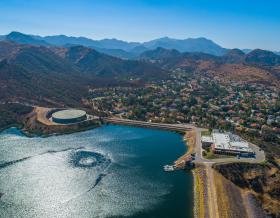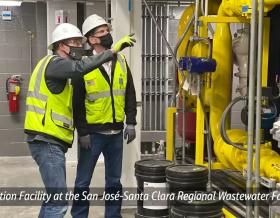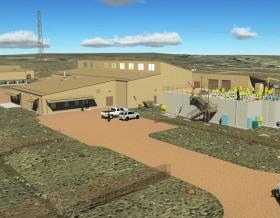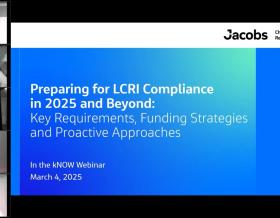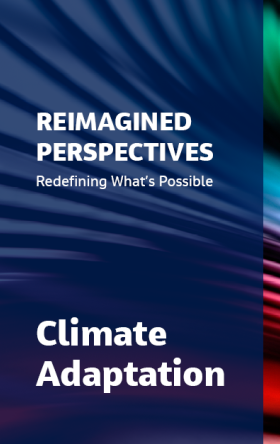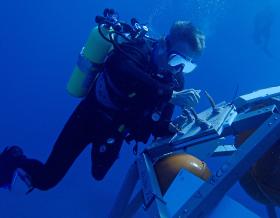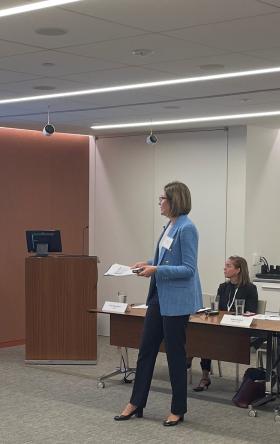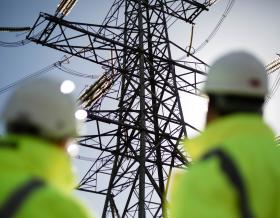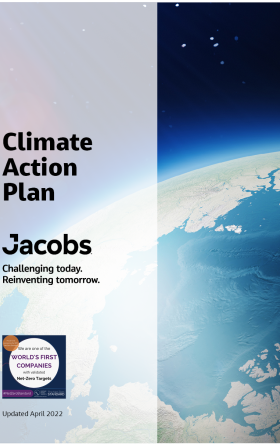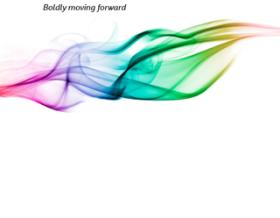PFluorensics
Making PFAS data actionable

Introducing PFluorensics, our PFAS data evaluation toolset to visualize PFAS distribution, identify PFAS sources and understand their impact on human health, the environment and business operations.
Globally, there are nearly 15,000 different per- and polyfluoroalkyl substances (PFAS) in chemical databases maintained by regulatory agencies. As PFAS concerns continue to evolve, interpreting PFAS data to identify sources and understand their impact is crucial.
In response, Jacobs has developed an award-winning smart data-processing toolset that significantly reduces data management challenges and improves the consistency of PFAS data visualization and analysis.
PFluorensicsSM maps the transformation pathways of hundreds of individual PFAS compounds and pairs this with a database of chemical “fingerprints” of hundreds of PFAS source products. This is critical to understanding PFAS sources – their fate and transport in the environment – and assessing and anticipating impacts to develop timely and effective remediation and mitigation strategies.
The toolset comprises three key elements:
-
Visualization
Provides a dynamic view of PFAS composition, patterns and temporal and spatial changes.
-
Source identification
The source identification or fingerprinting component clarifies and confirms PFAS sources, supporting an optimal approach to address contamination at the point of origin. As PFAS can transform as they migrate, PFAS transformation pathways become part of the formulation for source identification.
-
Prediction
The prediction tool forecasts the behavior, fate and impact of PFAS in different environments.
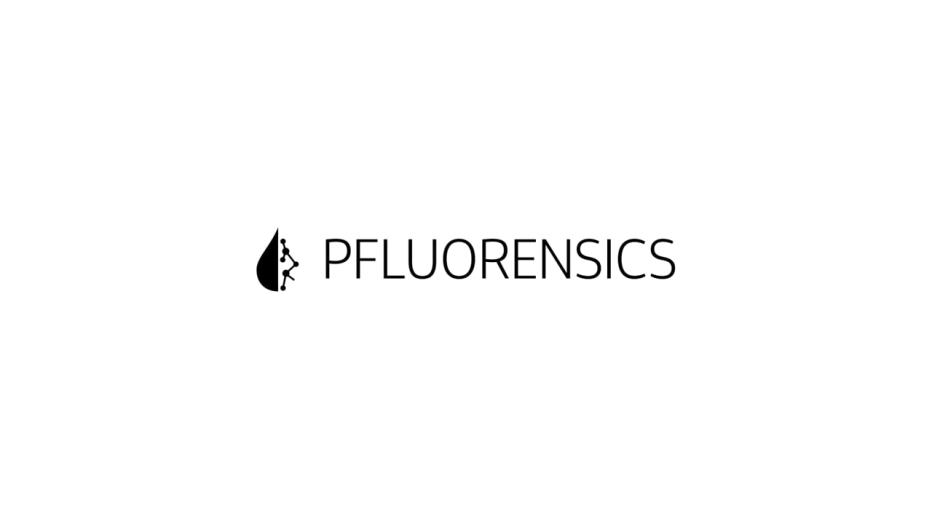
Features and benefits of PFluorensics
Visualizes data in a simplified user interface
- Automated data analysis creates consistent output with minimal user manipulation
- Easily creates and shares dashboards for teams and clients
- Scalable output adapts to the PFAS expertise of the intended audience
- Agile programming allows for the most recent scientific developments to be integrated into the toolset
Identifies PFAS sources to address contamination at source
- Uses advanced statistical methods to evaluate the presence of multiple sources
- Compares samples to a database of known PFAS sources to determine the contamination source
Predicts transformation of PFAS substances to mitigate future risk
- Machine learning techniques, combined with PFAS transformation pathway mapping, forecast PFAS behavior in the environment and predict potential future impacts
Contact us
To learn more about PFluorensics, get in touch below.
PFluorensics Visualizer
The Visualizer is a key feature of PFluorensics, informing decisions on where to investigate, assess risk and take appropriate mitigation action. It provides a dynamic visualization of PFAS composition, patterns and both temporal and spatial changes. The functions enable users to select how to view the data by compound(s), subgroup composition, concentrations, time, data type such as bar or pie charts and distribution.
PFAS mitigation strategies are often site-specific and involve multiple phases of information gathering over time. The Visualizer manages PFAS data in one place, enabling communications to stakeholders and allowing for effective decision-making. This user-friendly tool involves automatic data processing, providing efficiencies and actionable insights for every stage of the PFAS life cycle- from manufacturing to contamination.
Deployed in North America, the U.K. and Australia, the PFluorensics Visualizer has supported clients in multiple sectors, including federal government, defense, manufacturing, municipal water and transportation.
For example, the Visualizer was used for a national program of PFAS investigations across a portfolio of civilian airports. At one site, five years of data was processed using the tool and a previously unknown source area was identified. As a result, our team refined the conceptual site model and adjusted the sampling plan to close this data gap, enabling the client to develop robust management plans to address any identified contamination risks.
“We have a vision for a near-zero PFAS future. This is possible when we use science, technology and actionable data to support decisions that can mitigate this challenge. PFluorensics is helping clients worldwide understand their liabilities and put plans in place to manage contamination.”
Accelerating PFAS data evaluation
-
30 +
project applications
-
20 +
clients using PFluorensics
-
3
continents where we have applied the toolset (North America, Australia and Europe)

